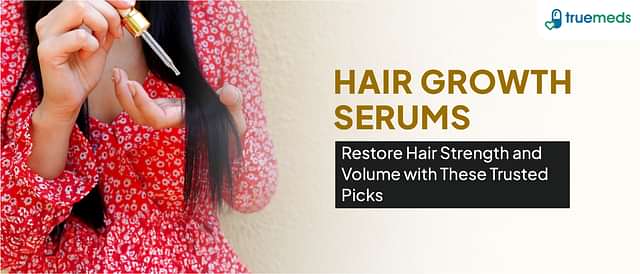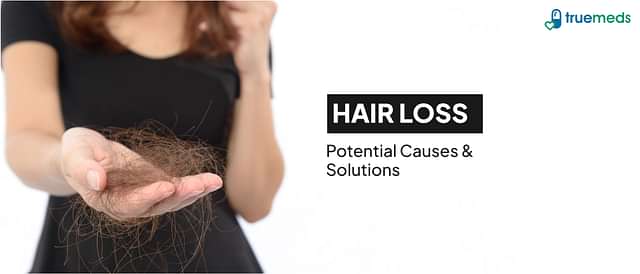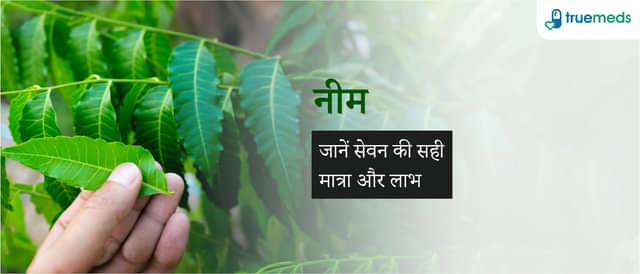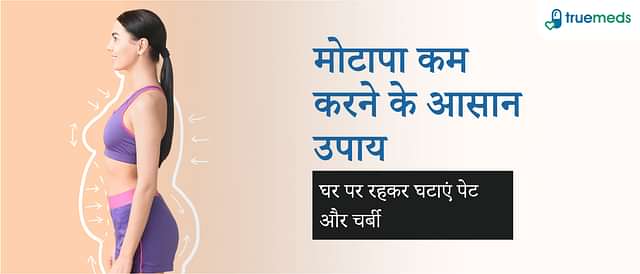Head lice (lice in the hair): Overview, Causes and Symptoms
Last updated on : 05 Mar, 2024
Read time : 6 min
When it comes to dealing with lice in the hair, it’s crucial to know exactly what they are first. Three types of lice in hair (and, in fact, body and pubic lice) exist in the head. There are three stages of lice life: The life cycle starts with lice eggs or head nits, immature lice ( They are the louse’s immature forms), which mature into full-grown lice in nine to 12 days. Eggs are ready to hatch in 6 to 9 days. Later in the span of 2 weeks, immature lice develop into adult lice and can live up to a month. A single louse can easily hatch 9 to 12 eggs a day.
Lice in the hair are tiny, wingless insects that spend their whole lives on the human scalp, living only on blood from the scalp of their hosts. While chimpanzees are known hosts because most lice in the hair are found in this species. This parasite is unique to humans and a closely related species.
Children are the most commonly affected by a head lice infestation, which is most typically the result of the lice being transferred directly from one person’s hair to another.
Infestation of head-lice is not an indicator of inadequate hygiene or a dirty living environment. There are no contagious diseases that head lice can transmit to humans.
Because lice feed on human blood, severe, chronic infestations can result in blood loss and iron deficiency anaemia. In addition, some people may develop a rash as a result of an allergic reaction to louse faeces or bites. Understand that in most circumstances, these consequences are uncommon.
Causes of lice in hair
A person’s scalp has the only source of human blood for lice to feed on. Using a sticky material produced by the female louse, each egg is firmly attached to the base of a hair shaft that is no more than 3/16 inches (5 millimetres) away from the scalp.
Lice in hair can be developed due to transmission. It is impossible for lice to jump or fly, although they can crawl. Direct head-to-head contact is the most common method of spreading head lice. These lice in the hair, later on, feeding on the host, lay eggs. The head nits on the shaft of the hair can cause itching or irritation. The lice in hair can be transmitted within a family or among youngsters at school or play. There are a few ways lice can spread from one person to the next without being directly transmitted:
- Combs and brush sets
- Headphones
- Towels, pillows, and upholstery are all included.
Complications caused due to infestation of lice in hair
The skin on your head may become infected if he or she scratches an itchy scalp caused by a head-lice infestation. The causes of lice in hair can occur when;
- Clothes are kept near one another. It may also be a source of contamination via indirect transfer. If, for example, hats or scarves are hanging on the same hook or stored in the same space, they could act as vehicles for the transmission of lice.
- A hypersensitive reaction to louse faeces causes an itchy skin rash on the back of the neck and behind the ears.
- Skin infection and impetigo may occur on rare occasions.
- Sleep deprivation caused by constant itching is occasionally an issue.
- Anxiety and stress.
Head lice symptoms
Symptoms of a lice infestation include:
- Itching- Itching on the scalp, neck, and ears is the most prevalent lice symptom. This is a louse bite allergy. Itching may not appear for four to six weeks following an initial lice infestation.
- Presence of head nits- Nits cling to the hair. The small incubating nits may be difficult to spot. They’re easier to find around the ears and neck. Empty nits are lighter in colour and farther from the scalp. However, nits do not always indicate an ongoing infestation.
Head, neck, and shoulder sores Scratching can cause little red spots that can get infected.
- An infestation of lice in hair causes itching.
The saliva produced by lice can lead to allergic reactions. Some people react badly to louse bites and itch a lot. However, some people develop a tolerance to the saliva and have little or no itching even after recurrent infections.
Some people may not itch for 2 to 6 weeks after an infestation because they are not sensitive. So the invasion may go unnoticed. Head lice symptoms may also include:
- tickling or movement in the hair
- irritation and insomnia
- head-scratching sores
- swelling in the lymph nodes or gland
- pink eyes
Treatment includes natural as well as a few other medications for lice in hair
All three varieties of lice in hair must be treated to get rid of the infestation. Most of the time, it results in the application of two doses of topical prescription medication: one to kill any adult lice, and the other to destroy any head nits that have hatched. Conventional medication, though, isn’t always effective. Some people are using natural therapies in addition to over-the-counter or prescription medications to combat lice in hair or head nits. These treatments include both prescription and over-the-counter medications as well as natural cures. When the louse is discovered, the best first line of defence is a powerful, insect-repelling wash. Use of an over-the-counter option that includes a mixture of piperonyl butoxide and pyrethrum extract, which kills louse, and lice eggs in hair, nymphs, and head nits.
Prevention of head lice
Indirect transfer through personal items is quite rare. But to avoid the spread of head lice:
- Prevent close interaction to prevent head lice from circulating.
- Separate the clothing from the rest by hanging it on a different hook.
- Combs, brushes and scarves should not be shared.
- Don’t sleep on anything that has come into contact with an infected person’s bed linens, couches, or pillows.
- For sports like bicycling, sharing protective headgear should not be avoided because of concerns about head lice transmission.
For the all latest coupons and offers on medicines, follow us on Instagram and Facebook
Disclaimer
Our healthcare experts have carefully reviewed and compiled the information presented here to ensure accuracy and trustworthiness. It is important to note that this information serves as a general overview of the topic and is for informational purposes only. It is not intended to diagnose, prevent, or cure any health problem. This page does not establish a doctor-patient relationship, nor does it replace the advice or consultation of a registered medical practitioner. We recommend seeking guidance from your registered medical practitioner for any questions or concerns regarding your medical condition.
Popular Articles
Recommended Articles
Recent Articles
Top-Selling Medicines:
...View more
Top-Selling OTC:
...View more
Company
About UsHealth ArticleHealth StoriesDiseases & Health ConditionsAll MedicinesAll BrandsNeed HelpFAQSubscribe
Registered Office Address
Grievance Officer
Download Truemeds

Contact Us
Our customer representative team is available 7 days a week from 9 am - 9 pm.
v3.7.8
Our Payment Partners


























































